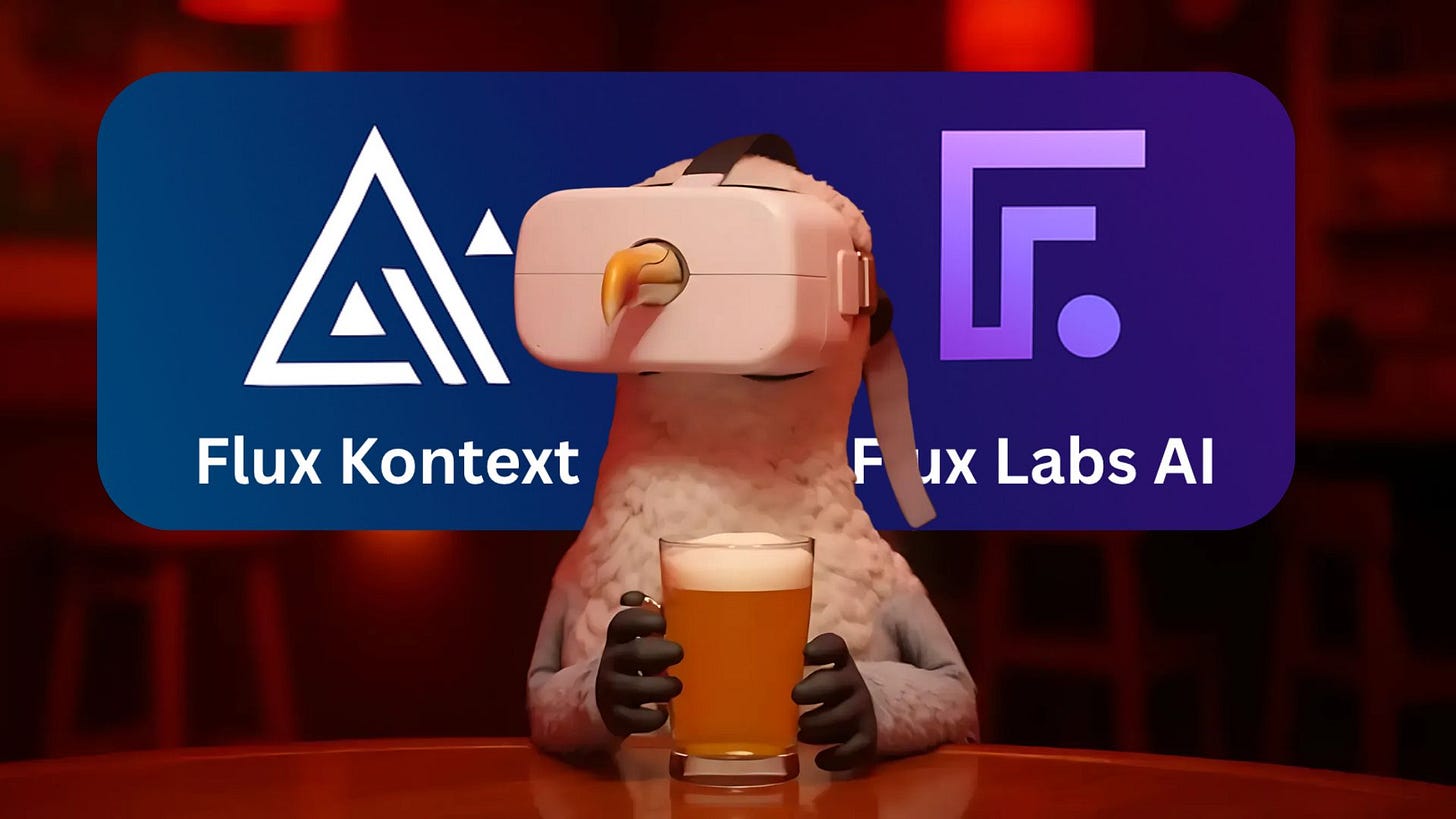How To Use Flux Kontext In Flux Labs AI
Black Forest Lab's Flux Kontext image model is now supported in Flux Labs AI. Here's how you can use it and some cool use-cases you can try.
Black Forest Labs’ latest suite of image models, Flux Kontext, is now supported in Flux Labs AI.
By default, Flux Kontext will be powering the Image Manipulator feature. Simply upload an image and reimagine it by describing the changes you want. You can change a portion of it or change the whole thing. You can use it to transfer an image style or restyle…
Keep reading with a 7-day free trial
Subscribe to Generative AI Publication to keep reading this post and get 7 days of free access to the full post archives.


